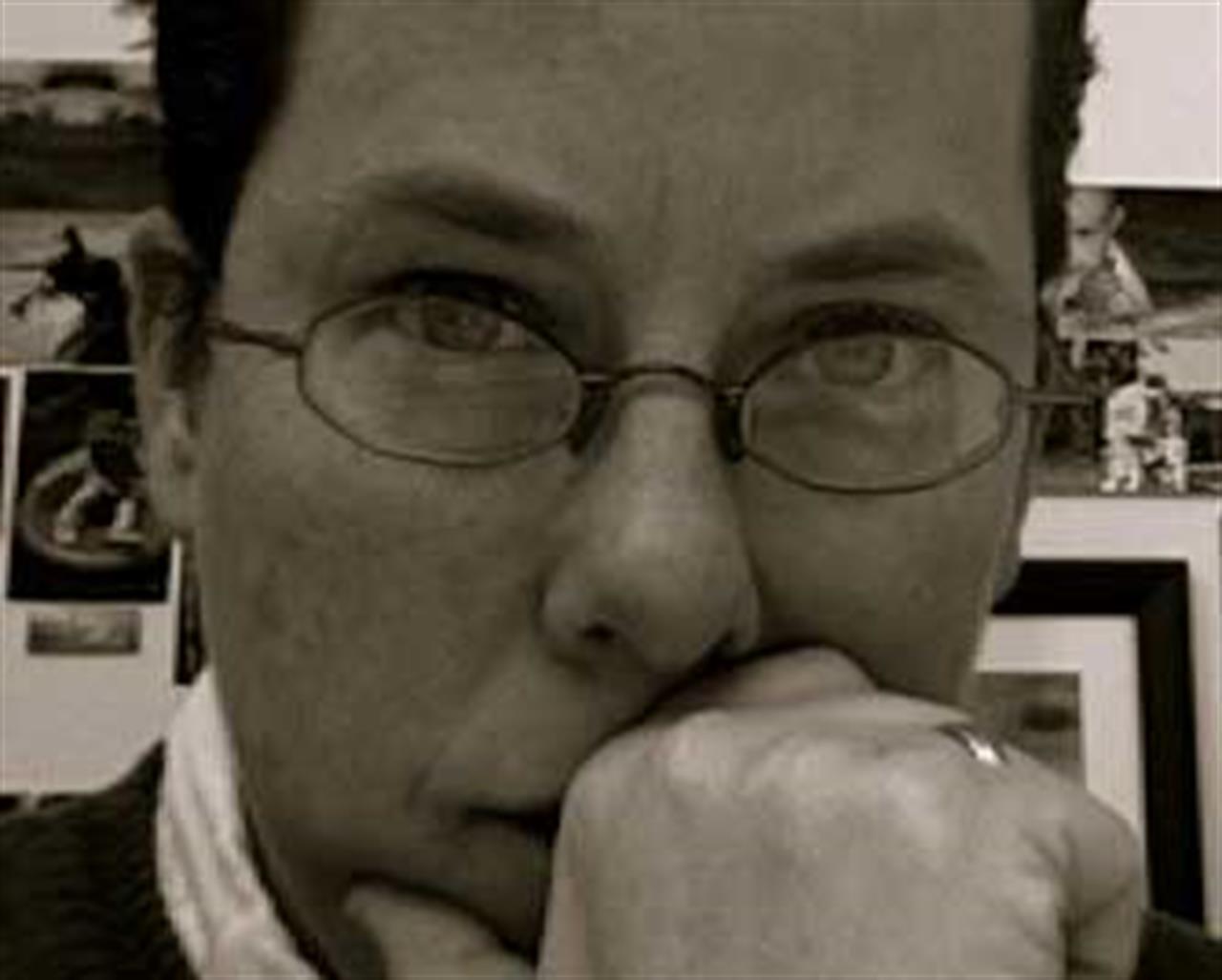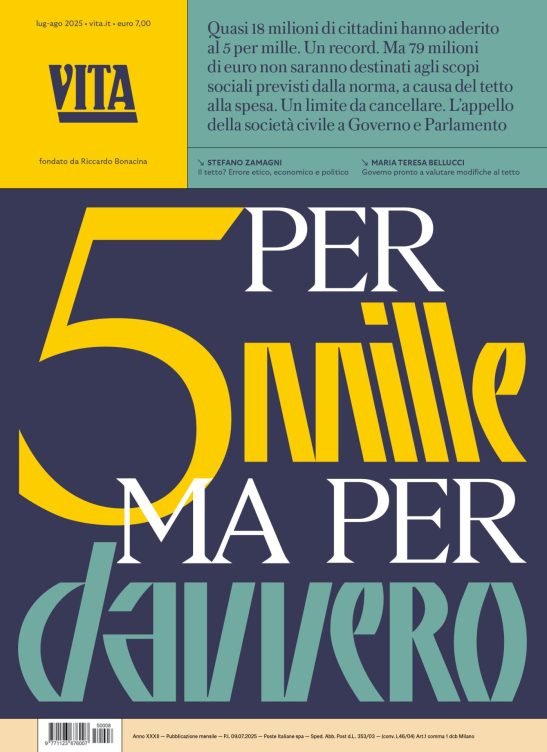Non profit
NetSquared: Harnessing the web for good
An interview with Marnie Webb, one of the leading experts in the application of social web tools for non profit goals highlights the potential that many NGOs have failed to tap into...
di Staff

In 2008, The Nonprofit Times included Marnie Webb on its list of 50 most influential non profit leaders in the USA. She is the driving force behind NetSquared, an initiative launched by TechSoup Global that hunts out innovative, web based social projects and helps them source funding and resources. Like Ushahidi, a website that was set up to document incidents of violence and looting during the post-election crisis in Kenya and that is now working to map undocumented incidents and to create an archive that will prevent people from forgetting their past. Or KnowMore.org, a database of responsibility profiles of hundreds of large corporations; their innovative social web tool? Not only can users log in and edit and add content to the files (just like Wikipedia) but KnowMore.org has also incorporated a firefox extention that alerts web users whenever they visit the pages of a company rated ‘unethical’ (to download the extension click here).
Lets have it from the expert …
What are social web tools?
They are a batch of tools that allow people to collaborate across distances and find each other. Sometimes this is intentional collaboration, like what happens on a wiki but it can also be what Clay Shirky has called “ridiculously easy group forming”, the kind of thing that happens when people start sharing photographs only to find that they have a common interest, for example. So web based technologies are technologies that allow social benefit organisations to carry out their outreach and mission driven work farther a field and they are also those tools that allow them to hook in to the back end of existing technologies and do more sophisticated things. One of the easiest examples is the way people use google maps to hook into a database and display information in sophisticated ways without having to go by a very expensive GIS [geographical information system] programme.
What does NetSquared do?
We run an annual challenge where we ask people to submit their ideas and then these ideas are commented on by the community of over 3 thousand users who rate the different project ideas, finally a vote is cast and the top 21 are invited to come to a conference in San Josè, California, held at CISCO’s campus. Our aim is to uncover the innovation that’s happening in a given area, expose it to a wider audience and source the resources that they need to push their project further along.
What can traditional organisations do to not get left behind by this wave of technological innovation?
There are a number of things these organisations can do. For example, they can set up what some social media technicians call listening posts. That is to say: whatever issue an organisation is working on, whether it is domestic violence in a particular geographical area, or witnessing human rights violations in war torn regions of the world, there are undoubtedly other people that that organisation does not know about that are also interested in that topic and they are undoubtedly sharing information on that topic. Using these tools and other relatively simple tools, like Rss feeds, Google alerts and email – things that people are familiar with – it is easier for organisations to start listening to what people have to say, finding people who work in areas that interest them and connecting with them.
For example, an organisation interested in coastal cleanup may find that there is a whole community of people sharing their pictures of waste on beaches and who are passionate about the issue. So all of a sudden the organisation is able to connect with and harness the potential of this community it never knew existed. For example, by finding ways for the two communities (the photo sharing community and the organisation’s community) to interact, eventually developing more sophisticated ways of sharing their common information. In this case this could be developing a map that shows where the waste is being dumped. The organisation now has both a better idea of what’s out there and an engaged, committed community to advocate its cause.
So social web tools are also about advocacy?
Yes, it’s really the same as how most organisations do fundraising and donor cultivation anyway: you don’t walk up to someone you don’t know and ask them for 10 thousand dollars, you tell them who you are and what you need and once you establish where your needs intersect and establish a relationship, then you ask them for 10 thousand dollars! It’s the same here.
Are you aware of any studies being carried out on the tangible impact of social web tools applied to non profit organisations?
There are a lot of good practices but I’m not sure I would call them best practices yet. There have not really been enough long term projects to be able to discern tangible effects, like ‘more children are able to read’ and as a result of these two things, studies have tended to focus on fundraising and political campaigning. There is a terrific book called Here comes everybody by Clay Shirky that has a lot of examples of how people have organised for social benefit. For example, in Belarus people use mobile phones to organise ad hoc political protests that put the police in ridiculous situations, like having to arrest people for holding ice cream cones or smiling in a public square they were not supposed to be congregating in. In other countries where there are humanitarian disasters and violence technology may be implemented to witness what is going on. It is really those social actions that require very quick group forming that tend to be the best examples right now, because they involve the short term.
How long ago did social web tools started to take off in the USA?
The first foothold was probably with Bill Clinton’s impeachment proceedings with an organisation called Move on and it took further foothold with the 2000 elections, continuing as the tools became more ubiquitous and consumers began using the tools to share information. Non profits started realising that people were sharing information that they cared about, so flickr (a photo sharing site owned by Yahoo!) isn’t set up for people to share non profit information but if you run a search for most non profit issues you will find photos that are related – even things that you wouldn’t expect to be image based. Such as “breast cancer”, which will reveal how women have uploaded and are sharing their mammograms as well as pictures of themselves going through treatment. When organisations started seeing critical masses of people sharing this kind of information, that’s when it really started to break loose.
What about the digital divide?
In the USA I think we will fall behind in the use of mobile technologies that in other parts of the world are becoming increasingly popular, so it is likely that we’ll see more integration with hand held devices (like blackberries) and a greater ability to access information via text messaging in increasingly more sophisticated ways. In China students buy hand held devices to because they can use the wifi connection to connect to the internet. And more pocket devices with more computing power will change the way social media is understood and means that people will not want to go back to their old, clunky computers.
The other big issue is to do with the “last mile” problem, that is to say how to get computing horse power –things like bandwidth, internet connectivity and power sources as well as computers – to places that don’t have those things today. There are people doing really innovative things with very simple phones, but there are other kinds of information sources that they will never be able to tap into withoutbetter devices. Non profits like Mendenyo and the World Bank’s innovation centres are tackling the last mile problem, but I think it will take a great deal of deliberate work that is both regulatory and technical in nature to make it work.
Find out more:
About innovative projects that use social web tools, click here
About social web tools applied to non profits
http://bethkanter.wikispaces.com/Listening+101 http://personalfundraising.wikispaces.com
17 centesimi al giorno sono troppi?
Poco più di un euro a settimana, un caffè al bar o forse meno. 60 euro l’anno per tutti i contenuti di VITA, gli articoli online senza pubblicità, i magazine, le newsletter, i podcast, le infografiche e i libri digitali. Ma soprattutto per aiutarci a raccontare il sociale con sempre maggiore forza e incisività.
